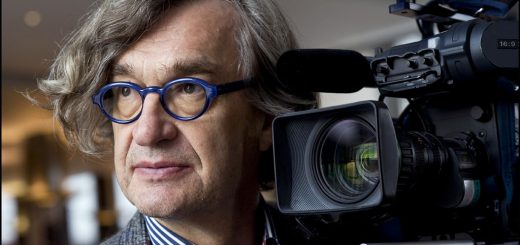The Third Curve – A lens to look at our way of life
Mansoor Khan holds many accreditations and emerges from a unique educational background. He studied Computer Science at various prestigious Institutions like IIT Mumbai, Cornell University and MIT, USA. The Third Curve is his first book and this was born due to his various observations of economic growth, energy capacity and the limits imposed by laws of nature. A former filmmaker whose feature films went on to win several accolades, he visited Pondicherry University to present a talk and discussion on his book “Third Curve: The End of Growth as we know it” to a capacity crowd at the SOM Auditorium on 12 March, 2014.
Mansoor Khan began his lecture by saying that his lecture is not a moralistic one. His lecture was centered on some basic yet ground breaking theories which many great economists, throughout history have refused to accept or reflect. According to Mansoor Khan, it is this ignorance or rather denial which has brought the notion of growth to a more than probable end. His fundamental argument was that all economic policies depend on the concept of ‘perpetual growth’ that is making more and more money. But what economists fail to realize is that perpetual growth is a utopian concept. Growth is not an independent notion. Growth depends on energy and resources. And like everything else in the universe, growth will also come to its end.
He illustrated this with the help of a graph with two curves. One curve shows the steep upward curve (colored red signifying human concepts) of growth estimation while the other curve is the reality curve(colored green). The reality curve depicts the energy output possible. Mansoor Khan adds that the level of energy is not something which can be controlled by us. It is something which is rather imposed on us by laws of thermodynamics, nature, and the limits of the geological and ecological system.
The real issue, pointed out by Mansoor Khan was that globally it is believed that growth is perpetual, whereas that is not the case. According to geologically proved theories, the energy exploited, in this case the oil energy which is the universal source of energy for all industries, is on a declining curve. Hence it is impossible to meet the estimated growth when your energy levels are going down. The misconception that oil resources are aplenty is the reason for the economic descent. He explained how energy wells work as a bell curve. That is, when half the resources have been exploited in a well, the output of the well starts declining, this was depicted by a curve in the shape of a small rounded mountain. He pointed out that each oil well dug in the globe has a life span of a bell curve, and all these small bell curves put together forms a large bell curve which is the life span of the entire oil resource e available globally. These wells reached their peak in 2005 and since then are in their depleting phase.
More than half of the energy resources have already been exhausted. Mansoor Khan presented an elaborate list of products like plastic, diesel, and technological products which showcased our dependency on oil. He further added that the mythical alternate energy has been around the corner for decades and it that it will never come. He made a simple point: even if there is an electric car people will use oil to construct it. If the alternate energy is by its very principle dependent on oil, how exactly is it ‘alternate’? His lecture was not a moralistic one but he did not spare the physicists of any blame for providing the economists with the false hope of a miracle. The economists thus keep coming up with new theories of growth every time leading to further exploitation the world’s resources.
Mansoor Khan’s arguments were mainly focused on the correlation of energy and money growth. He raised some valid, yet never before asked questions like “Why are we not taught in school that oil wells’ energy output follow a bell curve pattern?” and “How are we talking about implementing alternative energies, when to build them we will need the non-renewable energy sources?”. After explaining the current situation, he put forth his views on how the issue can be tackled. He introduced the third curve. In his graph chart, he showed two parallel running lines, confined to which was the third curve. The third curve is all about accepting the reality. The third curve is confined to limits, there is no exponential growth rather there is a sustainable growth. In this model there is no imbalance between what is the need and what the earth can give. He ended his talk on the note that sustainable growth is the need of the hour and to have sustainable growth we need to first accept the reality and then learn to cope with it.
Krishnaveni Ilanthirayan and Sooganya N
1st M.A. Mass Communication
Photos: Swathy Karthik
Camera: Habeeb Rahman YP and Tathagata Mitra
Editing: Akhila CK






